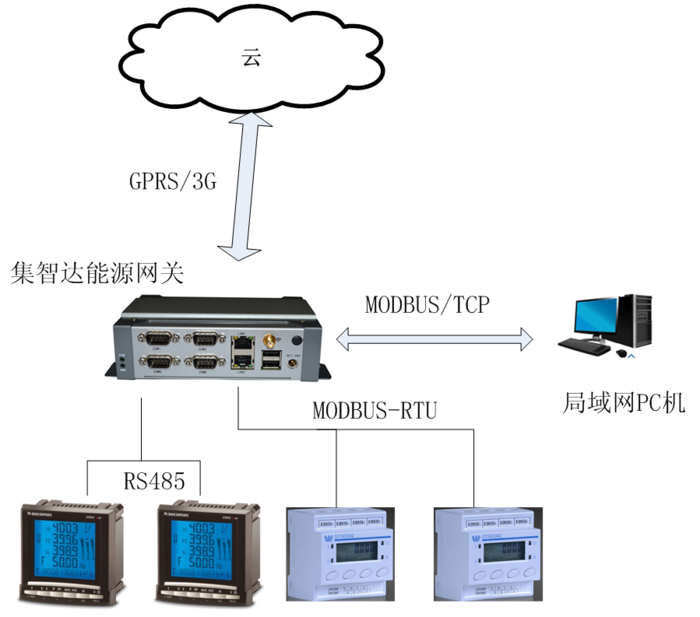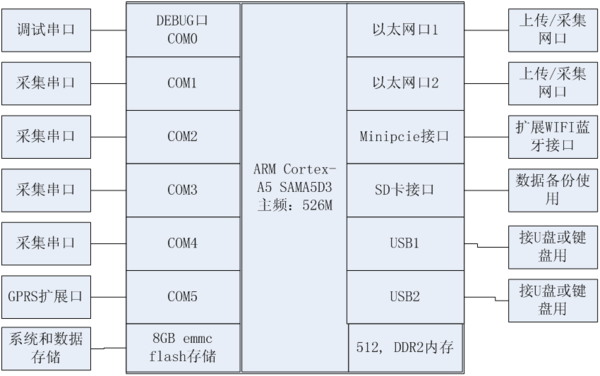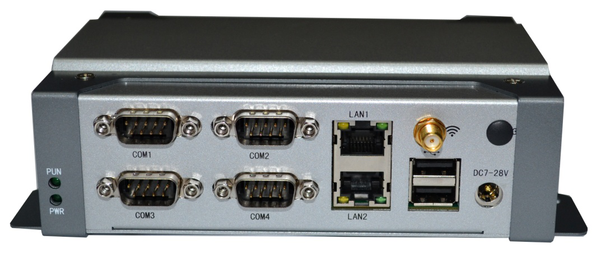Application scheme of energy collection gateway on the demand side of electricity
Demand Side Management (DSM) refers to the related activities carried out to improve the efficiency of electricity resource utilization, improve electricity consumption methods, and achieve scientific, energy-saving, and orderly electricity consumption. Implementing demand side management of electricity has economic and social benefits.
It has functions such as economic analysis, electricity supply and demand situation analysis, orderly electricity use, demand response, DSM target responsibility assessment, online monitoring, network training, information release, etc. It aims to provide comprehensive and authoritative decision-making support and technical services to various groups such as government departments, power enterprises, power users, and energy service providers, and promote the development of energy conservation and emission reduction.
Jizhida Energy Collection Gateway has launched a power energy collection gateway product based on the needs of the power demand side collection end. The main function of the product is to integrate the collection, transmission, and data processing functions of the electricity meter with IoT application technology. The functional scheme is shown in Figure 1.

图1
1、 Product Description
1. Functional principle
1.1. hardware feature
This product can communicate with meter devices with corresponding functions through RS-485 meter reading method, and read the required information back to the intelligent energy gateway. The intelligent energy gateway then transmits it to the upper computer or cloud platform through the upstream channel GPRS or Ethernet, allowing the upper computer or cloud platform to manage it in a timely manner. The upper computer or cloud platform issues the required information and commands to the intelligent energy gateway, which then transmits the relevant commands and information to external metering devices through the same channel. The processing results are saved in the data storage, and information and data exchange are provided to external interfaces at any time. The hardware schematic diagram is shown in Figure 1-1.

图1-1

产品图
1.2. FUNCTION
L Copy function
Transmission function
L setting function
Maintenance function
L school time function
Self diagnostic function
Wireless remote communication function
L Data not copied and supplemented
L Security protection function
Data storage function